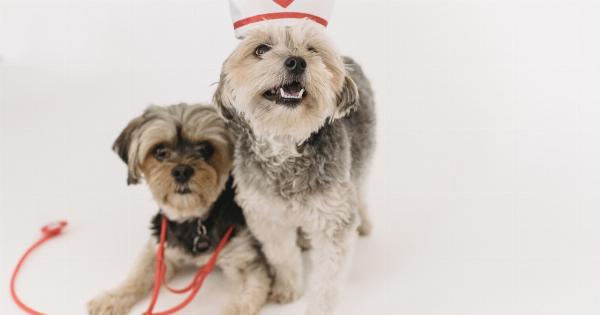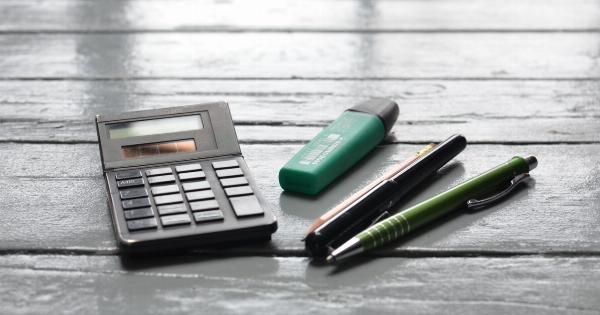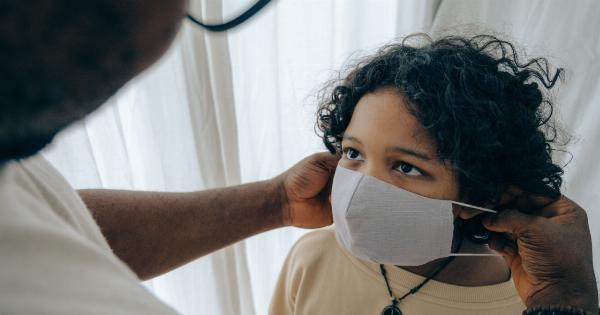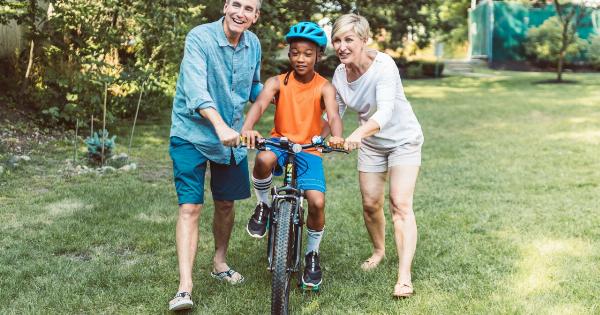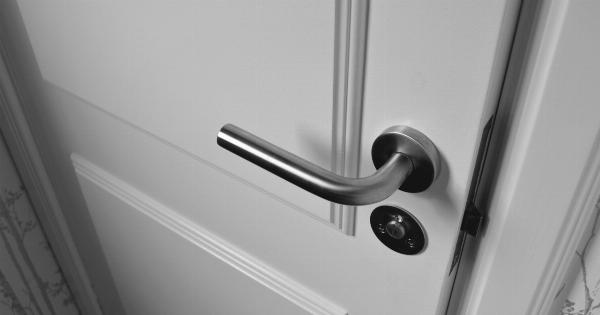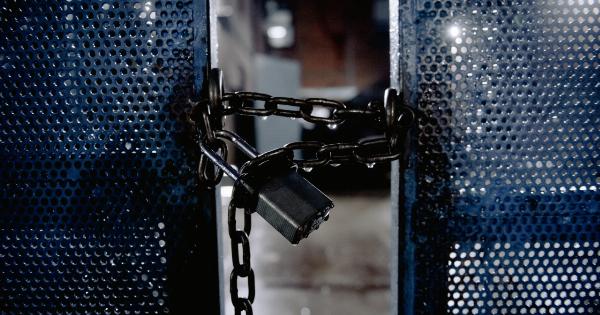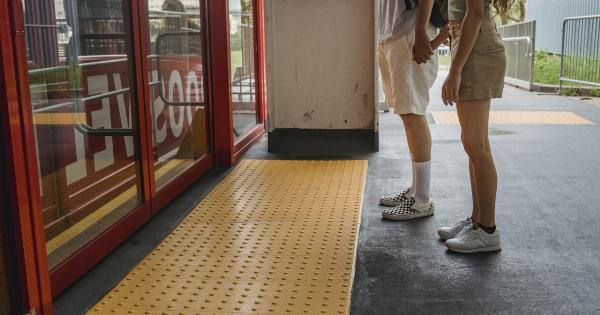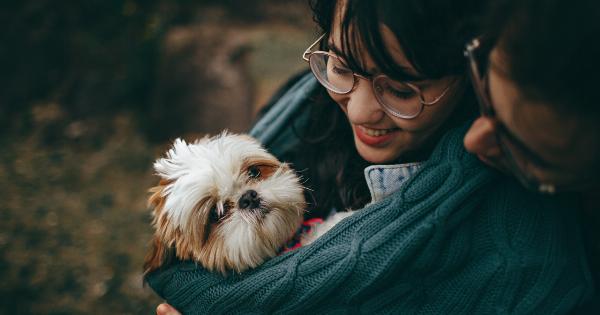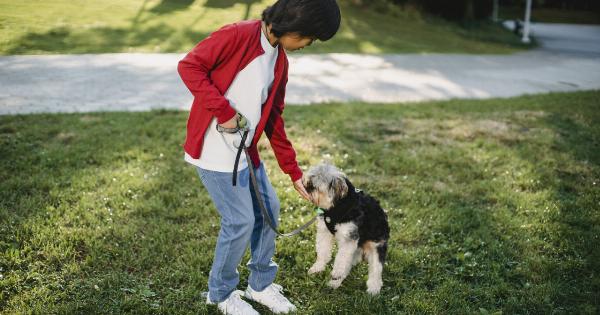Having a dog that gets loose is a terrifying experience for any dog owner.
Whether your dog runs away from you during a walk, escapes from your backyard, or jumps out of a car window, it’s crucial that you handle the situation calmly and with a plan. However, many dog owners make critical mistakes during these situations that can make it worse. Here are some mistakes to avoid:.
1. Panicking and Chasing Your Dog
When your dog gets loose, your immediate instinct may be to start chasing them. However, this can be counterproductive and dangerous for both you and your dog.
Running after your dog can make them feel like they are being chased and can cause them to run further. You may also put yourself in danger by running into traffic, tripping over obstacles, or getting lost yourself.
Instead of chasing your dog, try to stay calm and call their name in a happy tone. Running away from them or acting angry will only make them further upset and more likely to keep running.
If your dog doesn’t come back, make sure to ask for help and contact your local animal control or shelter for advice.
2. Not Having Identification or a Microchip
One of the most important things you can do as a dog owner is to have identification on your dog and make sure your contact information is up to date.
If your dog gets loose, a collar with your phone number or address can increase the likelihood of them being found and returned to you. Additionally, microchipping your dog is highly recommended, as it allows animal shelters or vet clinics to scan your dog and access your contact information.
Make sure to check your dog’s collar regularly and replace it if it looks worn or the information on it changes. Also, keep your contact information current with the microchip provider or registration agency.
3. Neglecting to Train Your Dog Recall
Having a well-trained dog can significantly reduce the risk of them getting loose. Teaching your dog recall, or the ability to come when called, is an essential skill that all dogs should learn.
This will allow you to call your dog back to you if they start running off or are in a potentially dangerous situation.
If your dog hasn’t learned recall yet, start working on it right away. You can use positive reinforcement, such as giving your dog treats or praise when they come back to you, to reinforce the behavior.
Eventually, your dog will associate coming back to you with good things and be more likely to repeat the behavior.
4. Letting Your Dog Off-Leash in Unsafe Areas
Letting your dog off-leash in an unsafe area, such as a busy street or a park with lots of distractions, can be a recipe for disaster. Even well-trained dogs can get overwhelmed or distracted and forget their training.
Additionally, dogs can be unpredictable and can be affected by things like other animals, noises, or smells.
To keep your dog safe, always keep them on a leash when in areas that are not designated for off-leash play. Avoid letting them off-leash unless you are in a secure, fenced area with no escape routes.
5. Assuming Your Dog is Friendly to Everyone
While dog owners might consider their dogs friendly to everyone, not every person or animal will feel the same way. It’s crucial to recognize that not all dogs are sociable or comfortable around strangers or other dogs.
Even friendly dogs can become aggressive or defensive if they feel threatened or are in a stressful situation.
If your dog gets loose, make sure to approach them carefully and assess their behavior before taking any action.
If your dog seems aggressive or overly excited, it’s best to wait for an expert, such as an animal control officer or vet, to assist you.
6. Neglecting to Check Nearby Shelters or Rescue Centers
If your dog gets loose, it’s important to check nearby shelters or rescue centers as soon as possible. Many organizations have websites where you can search for lost pets, or you can visit them in person and provide a description of your dog.
Additionally, check with your neighbors and post flyers in the surrounding area with your dog’s description and your phone number.
Even if your dog has a microchip or identification, they may end up in a shelter if they are found by someone who doesn’t know how to contact you. Make sure to check regularly and provide updated information if necessary.
7. Giving Up Too Soon
When your dog gets loose, it’s easy to feel overwhelmed and give up hope. However, it’s essential to keep looking and not give up too soon.
Dogs can sometimes take days or even weeks to find their way home, or they may end up in shelters miles away from where you live.
If your dog is still missing after a few days, consider hiring a professional pet tracker or search team to help you locate them. Additionally, continue to check with shelters and post on social media to get the word out to as many people as possible.
8. Not Learning From the Experience
If your dog gets loose, it’s important to learn from the experience and take steps to prevent it from happening again in the future.
Evaluate what went wrong and take corrective action, such as changing your dog’s collar or leash, reinforcing training, or securing your backyard better.
Additionally, take the time to review your emergency plan and make sure everyone in your household knows what to do if your dog goes missing.
This may include creating a list of emergency contacts, having a recent photo of your dog on hand, and keeping your dog’s medical records in a safe place.
9. Not Reporting the Loss to the Authorities
If your dog gets loose and is missing for more than a few hours, it’s crucial to report the loss to the authorities. This includes contacting your local animal control agency, shelters, and rescue organizations.
Provide them with a description of your dog and your contact information, including your phone number and address.
Reporting the loss to the authorities will increase the likelihood of someone spotting your dog and notifying you. Additionally, it will help you stay informed about any found dogs or potential leads.
10. Leaving Your Dog Unattended in Dangerous Situations
Leaving your dog unattended in the car, tied up outside a store, or in an unsafe situation is never a good idea. Dogs can easily become stressed or overheated, and they may try to escape or become aggressive if they feel threatened.
Always make sure to keep your dog with you and in a safe, secure environment. If you need to leave your dog alone, make sure they are in a well-ventilated area with plenty of water and access to shade.

